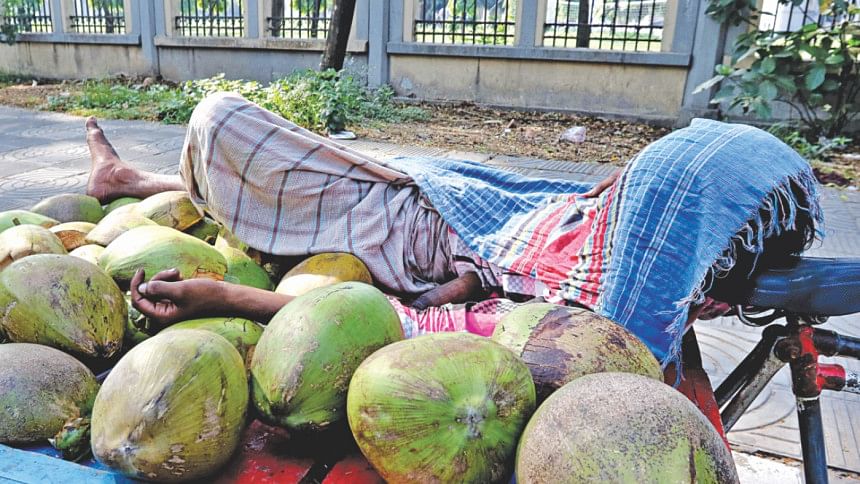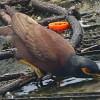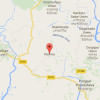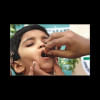10 tips to survive unbearable summer heat

The summer is here and the heat of the sun is becoming unbearable. Thanks to the Equinox phenomenon (sun's direct position above the equator line), people get heatstroke, fall sick in this season. And children and elder people suffer the most.
Here are some tips to help you with the ongoing heat wave:
What to do?
1. Wear thinner and lighter coloured clothes
2. Stay in shed when outdoors
3. Consume additional water or fluids to prevent dehydration
4. Saline water that contains sodium, potassium and sugar is a good option to stay hydrated during long exposure to the heat without food or snacks
5. Have fresh juice of summer fruits
6. Reduce meat intake, prefer fruits and vegetables
7. Monitor the colour of your urine. Darker urine is a sign of dehydration
8. Always keep an umbrella or cap
9. Use sunscreens
10. Reschedule or cancel outdoor activity
Start each day with a glass of water to prevent #dehydration & #heatstroke during the summer. pic.twitter.com/smGqNo2FRy
— Sunshine Hospitals (@SunshineHosp) April 12, 2016
What is heatstroke?
Heatstroke is a condition that occurs after exposure to excessive heat where body’s temperature control system stops working; ultimately sweating stops and body temperature rises rapidly, says Dr. Aliya Naheed, head, Initiative for Non Communicable Diseases, icddr,b in Dhaka.
Symptoms of heatstroke
1. Rise in the body temperature
2. Fainting
3. Dizziness
4. Terrible headaches
5. Lack of sweat (even in high temperatures)
6. Hot and dry skin
7. Weakness or muscle cramps
8. Nausea and vomiting
9. Quickened heartbeat (either strong or weak)
10. Difficulty breathing
11. Confusion and disorientation
12. Seizures
How to prevent #Heatstroke pic.twitter.com/qNxFFY6UmR
— PIA News (@PIANewsDesk) April 10, 2016
First aid for heatstroke
Person having a heatstroke or if he gets unconscious, it is the best to get him medical help as soon as possible. But in the meantime
1. Move the patient to a cooler, air-conditioned room or under the shade and remove any unnecessary clothes
2. Fan the patient or sponge body
3. Apply ice packs to armpits, neck, back and groin to help reduce the body temperature.

 For all latest news, follow The Daily Star's Google News channel.
For all latest news, follow The Daily Star's Google News channel. 








Comments